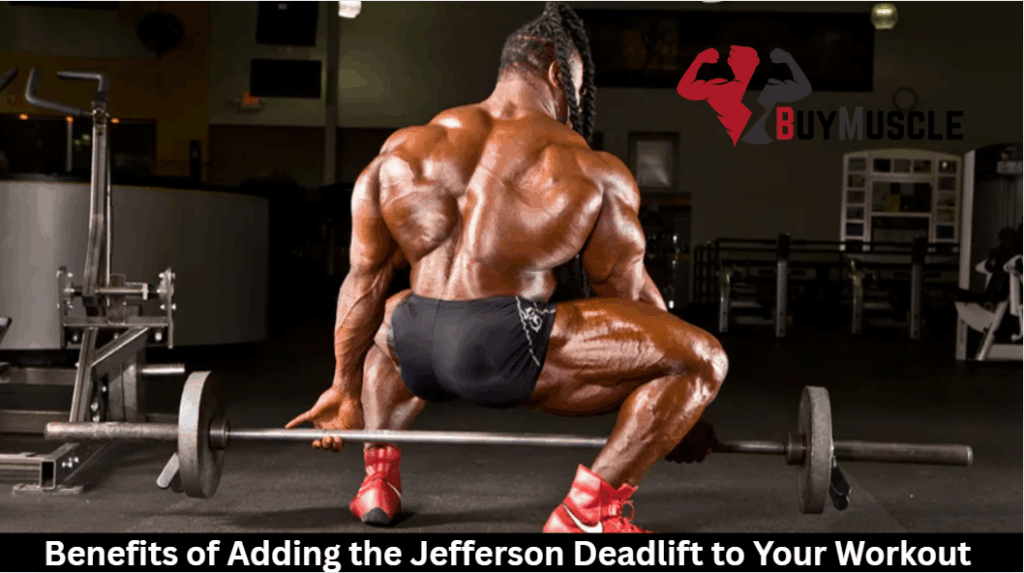Benefits of Adding the Jefferson Deadlift to Your Workout
The Jefferson deadlift targets often-neglected muscles, including obliques, adductors, and glutes, through its unique stance. You’ll correct left-right imbalances, develop superior core stability, and enhance rotational strength for better athletic performance. This unconventional lift creates a novel stimulus that breaks through plateaus when traditional deadlifts stop producing results. By challenging your body in multiple planes […]
Benefits of Adding the Jefferson Deadlift to Your Workout Read More »








